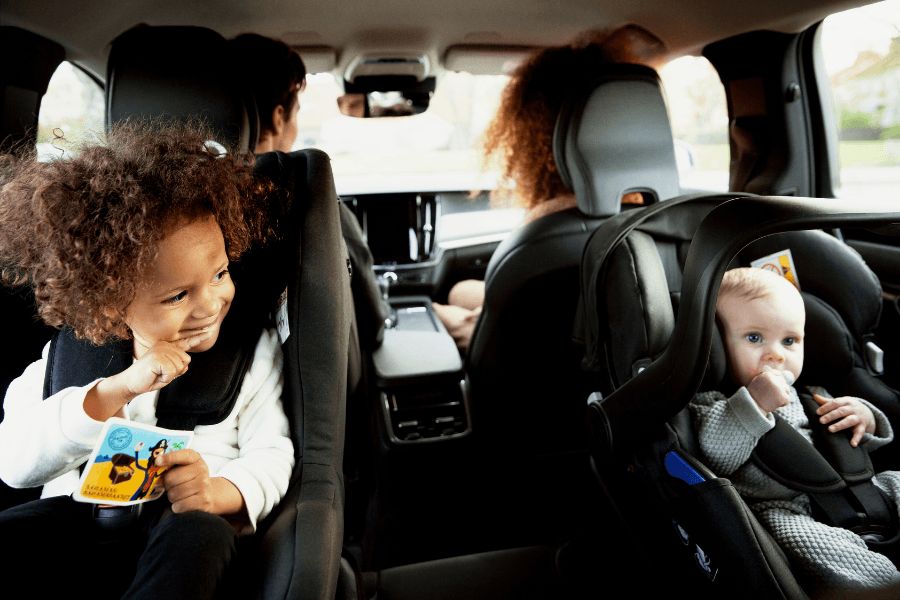Buying your first or even second car seat is not always an easy process. In addition to the regulations and crash tests to keep informed on, you might also have your personal preferences. With this in mind, we have developed a guide to help you find your way in the car seat jungle. Car seats save lives, so we aim to help you make a safe and secure choice for your child.
Through the childhood a total of 4 different car seats are needed:
- Infant car seat
- Rear-facing car seat
- High back booster seat
- Backless booster seat
For the child’s safety it is important to use the right type of car seat depending on the child’s length and weight.
Infant car seat
An Infant car seat is used from birth up to approx. 12 months of age and is categorised by length 40-75cm or 40-87cm. An infant carrier is user friendly as in most cases it is also compatible with your travel system. A guideline is that when your child can sit upright independently, you can switch to a rear-facing car seat. This usually happens around the age of 6-9 months.
Rear-facing car seat
The rear-facing car seat is the car seat that is used for the longest duration, given the recommended length and weight range for each car seat, it usually corresponds to almost 6-7 years. Since children should travel rear-facing for as long as possible, it is important to dedicate time and commitment to ensuring that the choice is right. To help you navigate correctly, we will dive deep into rear-facing car seats in several of our articles in our Car Seat Guide, that you can find in app under Articles & Tools.
High back booster seat and Booster cushion
When your child is around 6-7 years old, it is time to use a high back booster seat to finally, if needed, end the car seat journey with a booster cushion.
Tests and regulations
All car seats sold in Europe must be tested and approved in accordance with either UN R.44 or UN R.129.
UN R.44 - In this regulation, car seats are approved according to the child's weight and there are a total of five predefined weight groups where one seat can be approved for several of these.
UN R.129 - i-Size is an approval category within R.129. Here, the car seats are approved according to the child's height, but also through an upper weight limit for car seats with ISOFIX. This approval also includes side impact tests.
The safe Swedish Plus test
But there are also some tougher tests which guarantee an extra high crash safety for the child. The Swedish Plus Test is one of those tests, and it means the car seat is being tested with a higher speed and shorter breaking distance. The test also includes special sensors that measure the forces on the child's neck during the high crash violence. All of this, to make sure the car seat passes the highest requirements of crash safety.
The picture shows the Plus Test logo that you can look for as a consumer to be sure that the car seat has the extra high crash safety.
